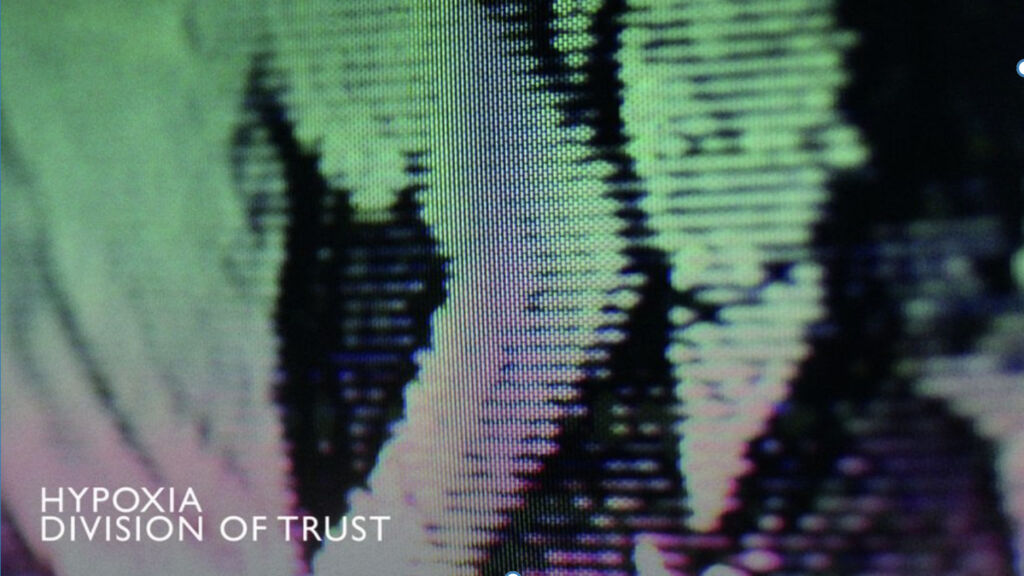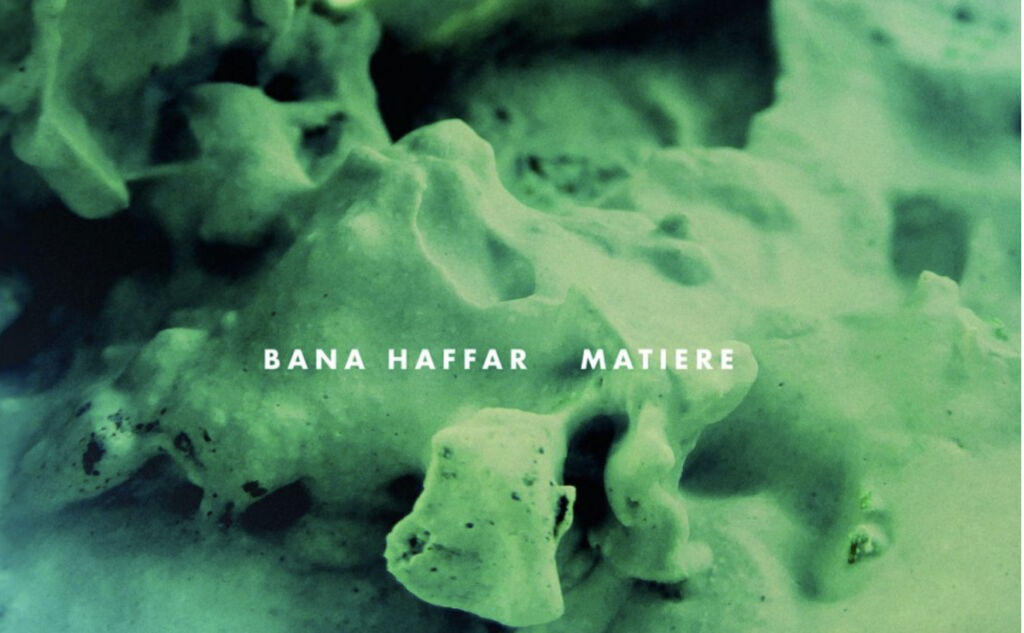Interview by Meritxell Rosell

A few months ago, we published an interview with Tony Rolando, the mind behind the acclaimed modular synth company, Make Noise, who’s been building some of the most interesting modules since 2008.
After a few years of its creation, Make Noise budded into Make Noise Records. Tony shared with us that the label began with a single idea shared by himself and Surachai one night at a club called Zebulon in Brooklyn… to send ONE synthesizer to 5 artists and to make records of what each of them does with the synthesizer. The Shared System was created especially for the record series.
The label was expanded because people kept approaching us to take out ads in magazines, and I figured we could spend the same money making records as we would taking out ads. So why not support artists we appreciate AND promote what we ALL are doing, Make Noise and these artists? Make some records, and promote them. The label operates at a loss, but who cares.
The label has seen publications from Surachai himself, Richard Devine, and Alessandro Cortini, all of which are more than well worth a listen. The latest two releases come from the hand of Bana Haffar with Matiere and Hypoxia with Division of Trust, both artists crafting a couple of haunting productions. Bana Haffar is a West Coast electronic musician who explores live analogue performance. With this record, she wanted to compose two pieces on a Eurorack system built entirely of Make Noise modules.
Hypoxia, or the man behind the project, Moe Espinosa (previously known as Drumcell), is a local Los Angeles techno pioneer, especially when the city wasn’t open to this genre. For his record, the tracks come from individual live performances recorded in a single take without any multi-tracking, as with all Hypoxia recordings.
We asked Bana and Hypoxia what their process was using the Make Noise systems to understand what makes them unique and special, allowing their users to make such sonically exuberant and enthralling (in the incredible palette of sounds). Sean Curtis Patrick delivers a couple of similarly haunting videos for one track of each EP.

What Make Noise modules did you use for your album, and why did you go for these?
Bana: I honestly can’t remember the exact configuration of the system since the tracks were recorded a little over a year ago, and I reconfigure my entire system every month. I do remember putting together a 6U case of 104HP and an additional 104HP skiff with all Make Noise modules. Between those two full cases, I think that probably covers their entire line minus the Morphagene, Countour, and Dynamix, which were not yet released at the time. I also used an 0-Coast on both tracks to double some melody lines and a Phonogene to incorporate my voice.
Hypoxia: dual prismatic oscillator, Rene Sequencer, One STO (for third voice), two MMG (Just used as a low pass filter) Onto Mix, Echophon (a very key element in the whole record), function (just for slow envelopes on the low pass filter) and absolutely one of the most important modules to the whole set up was two (Pressure points that act as a kind of keyboard to perform the whole piece).
How did you envisage the production? Was the result what you expected?
Bana: I didn’t have much of a plan at the outset other than to create two related pieces using the same system and maintaining most of the patch routings. Also, I had never used an all Make Noise system prior to this project so a lot of the pre-planning consisted of experimenting and patching a ton with different configurations to get into the flow of the Make Noise language. When I finally hit a patch I liked, I expanded on it and performed it live a few times in preparation for the recording. Since both tracks were recorded without the use of overdubs, I used the live performances to get to know the different permutations of the patch as much as I could so that when it came time to record, I felt comfortable enough to do it in one shot.
Hypoxia: For all previous Hypoxia EPs, I create one patch and make two different songs, giving each EP its unique feel. This particular patch is one that I have been using recently for all of my live Hypoxia performances. It’s a reliable patch that I can memorize and recall at any given time at a show. Division of Trust was the first EP I actually recorded using my Live performance set-up. These two tracks on the Division of Trust EP were both from this same patch, just tuned differently, performed at different speeds and a series of melodic progressions.
What does Make Noise Systems add to your music production, and what challenges do they pose?
Bana: Make Noise modules inspire me to patch more creatively. I find Tony’s front panel designs especially unique… almost cryptic with his use of hieroglyphic-like symbols. Front panel design, symbols, arrows, knobs, and jack layout deeply affect how we approach a piece of gear and ultimately, the sounds we make with it. I love the fact that Make Noise tends to use non-linear layouts and their own symbology, setting them apart from some other Euro manufacturers.
Hypoxia: It always adds the element of Surprise. Sitting in front of my make-noise system when nothing is patched is a blank canvas that eventually takes me somewhere I did not anticipate. That spontaneous feeling takes me back to the early days of making music and not knowing what I was doing. It’s always a series of happy accidents that I would have never encountered in any other situation. I honestly can’t think of any challenges that really have held me back, to be honest. Still, there are modules I wish Make Noise had so that way I wouldn’t have to add a module from another company in this particular system, but I don’t hesitate to send in my requests and wait with hope that my requests are being answered.






